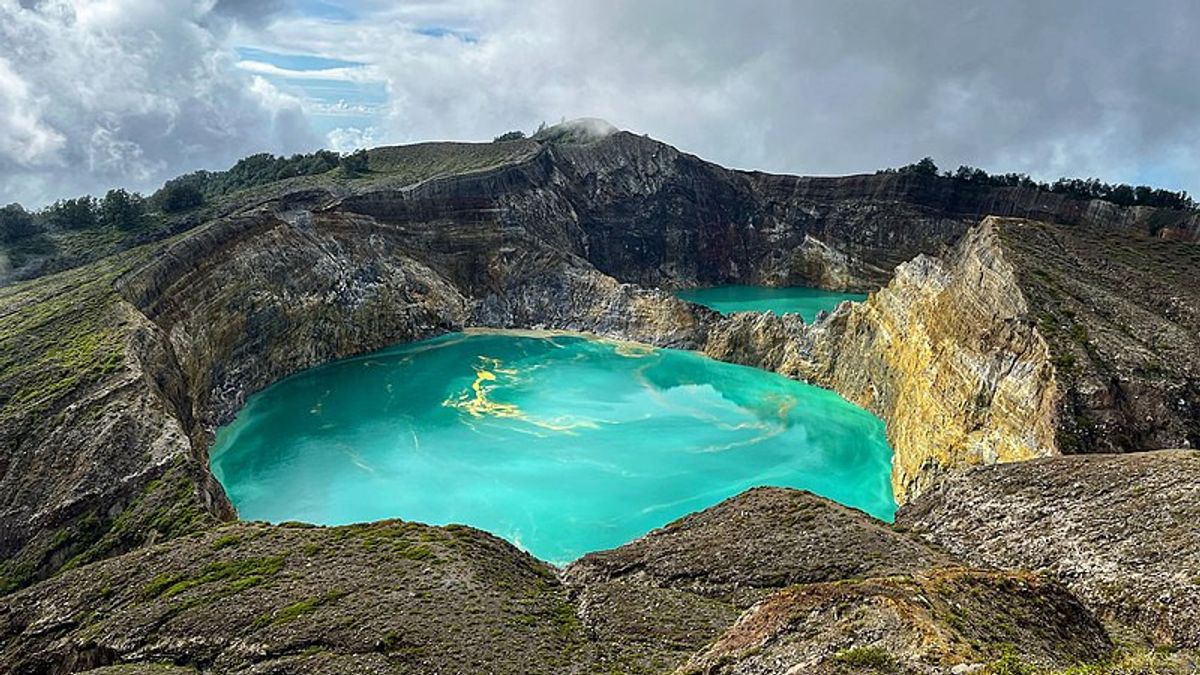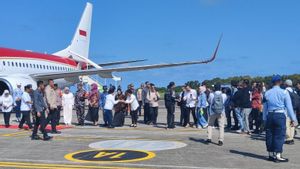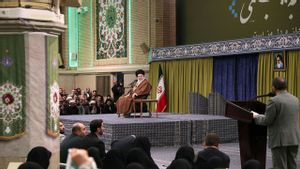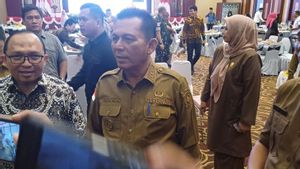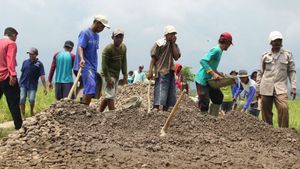JAKARTA - The Geological Agency has set Mount Kelimutu in Ende Regency, East Nusa Tenggara, to be alert or level II after the water temperature in all three parts of its crater experienced an increase in temperature of 3-7 degrees Celsius, on Sunday night.
Head of the Geological Agency M Wafid in a statement in Jakarta, Sunday, said that the results of the analysis of the temperature of the Tiwu Ata Polo crater water in the northeast are currently dark brown with a temperature of 22 degrees Celsius or an increase from the previous 19 degrees Celsius on July 14, 2024.
The water temperature in the Tiwu Koofai Nuwamur crater is at 33 degrees Celsius at an air temperature of 18 degrees Celsius or an increase from the previous 25 degrees Celsius measured at 16 degrees Celsius.
Meanwhile, the water in the Tiwu Ata Bupu crater is dark green with a current water temperature of 19 degrees Celsius at a temperature of 19 degrees Celsius, or an increase from the previous measured 16 degrees Celsius at an air temperature of 18 degrees Celsius.
"The increase in the water temperature to the three craters indicates an increase in magmatic activity below the Kelimutu crater," he said, quoted by Antara.
He also added that it was also found that there was an expansion of sulfur deposits on the surface of the Tiwu Ata Bupu crater lake indicating an increase in the magnesium-hydrothermal system.
SEE ALSO:
The potential threat of Mount Kelimutu today is a phreatic and magmatic eruption that produces material ejections within a radius of 250 meters. Ash rain can occur with distance and intensity depending on the direction and speed of the wind.
Following that, during the period 16-27 July 2024, there were 1 shallow volcanic earthquake, 95 deep volcanic earthquakes, 5 local tectonic earthquakes, and 32 distant tectonic earthquakes. The recorded earthquakes indicated a supply of magma to the surface.
That way, the Geological Agency recommends that people or tourists not be present or active around the crater area within a radius of 250 meters from the crater edge.
The Geological Agency ensures that it continues to monitor the development of Mount Kelimuti through the Kelimutu Fire Observation Post Officers in Korongo Village, Koa Nora Village, Ende Regency, NTT. The historical data of the eruption of Mount Kelimutu has been recorded since 1867 and has an eruption interval ranging from 1-73 years. The last eruption occurred in June 1968 in the form of a phreatic eruption in the Tiwu Koofai Nuwamuri crater, preceded by a noise desisan and a blackishing of brown water in the western part of the lake.
The English, Chinese, Japanese, Arabic, and French versions are automatically generated by the AI. So there may still be inaccuracies in translating, please always see Indonesian as our main language. (system supported by DigitalSiber.id)
